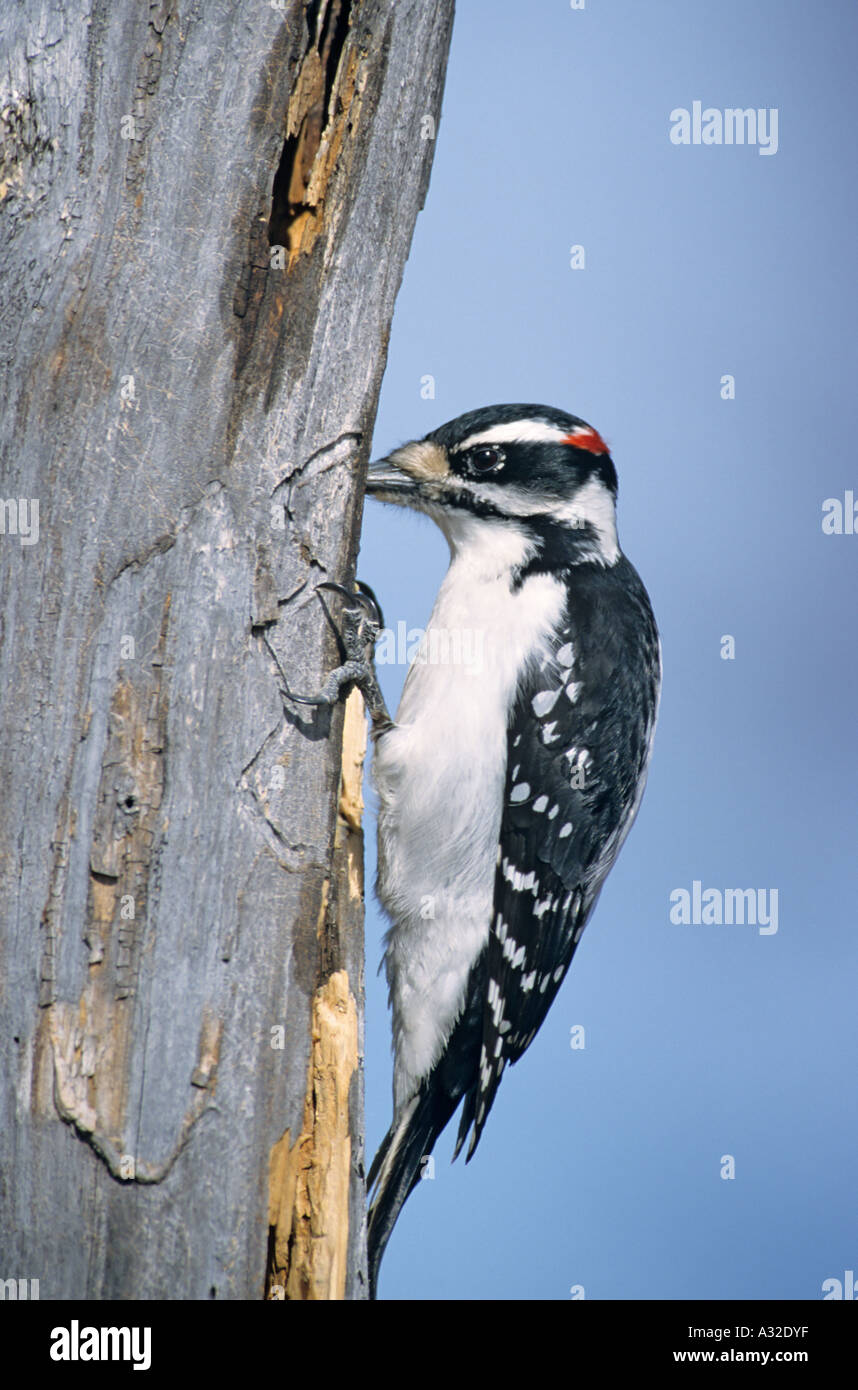
Hairy woodpecker Picoides villosus Smithers British Columbia Stock
The Downy Woodpecker looks much like the larger Hairy Woodpecker Picoides villosus, but there are some differences between them. The Downy's outer tail feathers are barred with black, unlike the Hairy Woodpecker's, which are all white. The Downy is about 6 cm smaller than the Hairy, measuring only 15 to 18 cm from the tip of its bill to the.
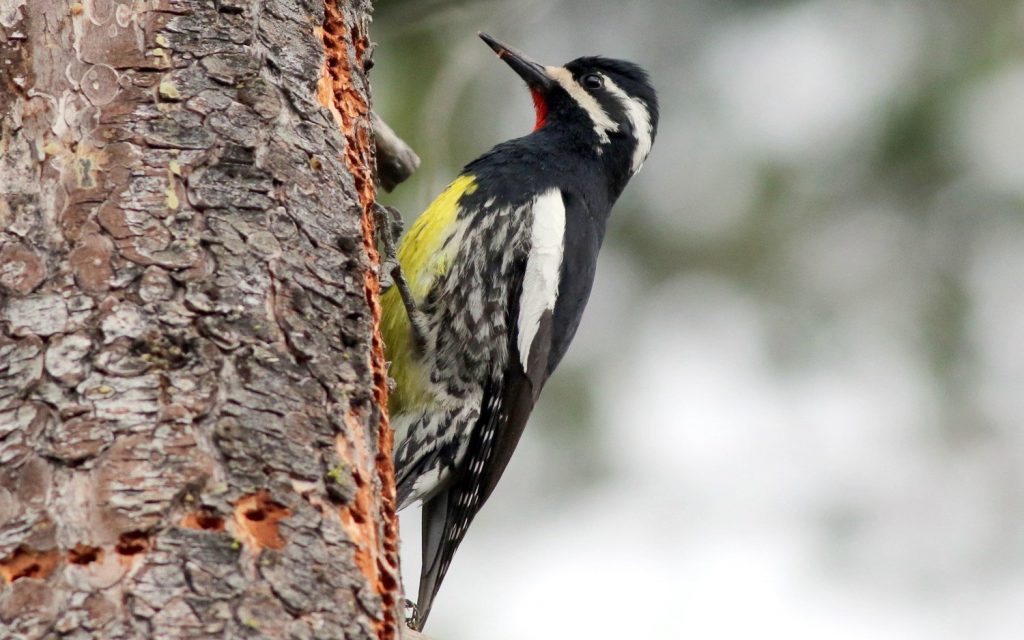
Everything You Need To Know About Woodpeckers In British Columbia (2023)
Woodpeckers can be found in a variety of habitats across British Columbia. They are commonly seen in woods and forests, where they make use of the trees for foraging and nesting. However, some woodpecker species have adapted to urban environments and can also be spotted on backyard feeders.

Wildlife Photos North Thompson Valley British Columbia Canada
Table of Contents Types of Woodpeckers in British Columbia (BC) 1. Northern Flicker The Northern Flicker is a year-round inhabitant of British Columbia, and it is the most often sighted woodpecker, being included in 32% and 37% of summertime and winter bird lists provided by bird watchers.

British woodpecker hires stock photography and images Alamy
Lewis's Woodpeckers are locally distributed in drier parts of the Southern Interior of British Columbia from the Chilcotin River to the East Kootenays; centre of abundance is the Okanagan Valley.

333 Birds of British Columbia, Canada (Sorted By Season, Rarity
The small Canadian population of White-headed Woodpeckers is restricted to mature and old-growth ponderosa pine forests of the south Okanagan Valley. These birds feed on pine seeds through the fall and winter, and the great majority of pine seeds in a forest are produced by large, mature trees.

UBC researchers work to save endangered woodpeckers British Columbia
Unlike most woodpeckers that feed by drilling into trees, you're more likely to stumble across a northern flicker foraging in the grass or fallen leaves, mostly in wooded areas.. Located in the heart of British Columbia, and the gateway to the North, Prince George offers an immersive birdwatching experience. Located amidst a range of.

red headed pileated woodpecker Woodpecker, British columbia, Redheads
Identifying Characteristics: Their bodies are black and white overall with a long, chisel-like beak. Male birds can be identified by a red patch at the back of their heads, which females lack. Hairy Woodpeckers are common in British Columbia in mature forests, suburban backyards, urban parks, swamps, orchards, and even cemeteries.
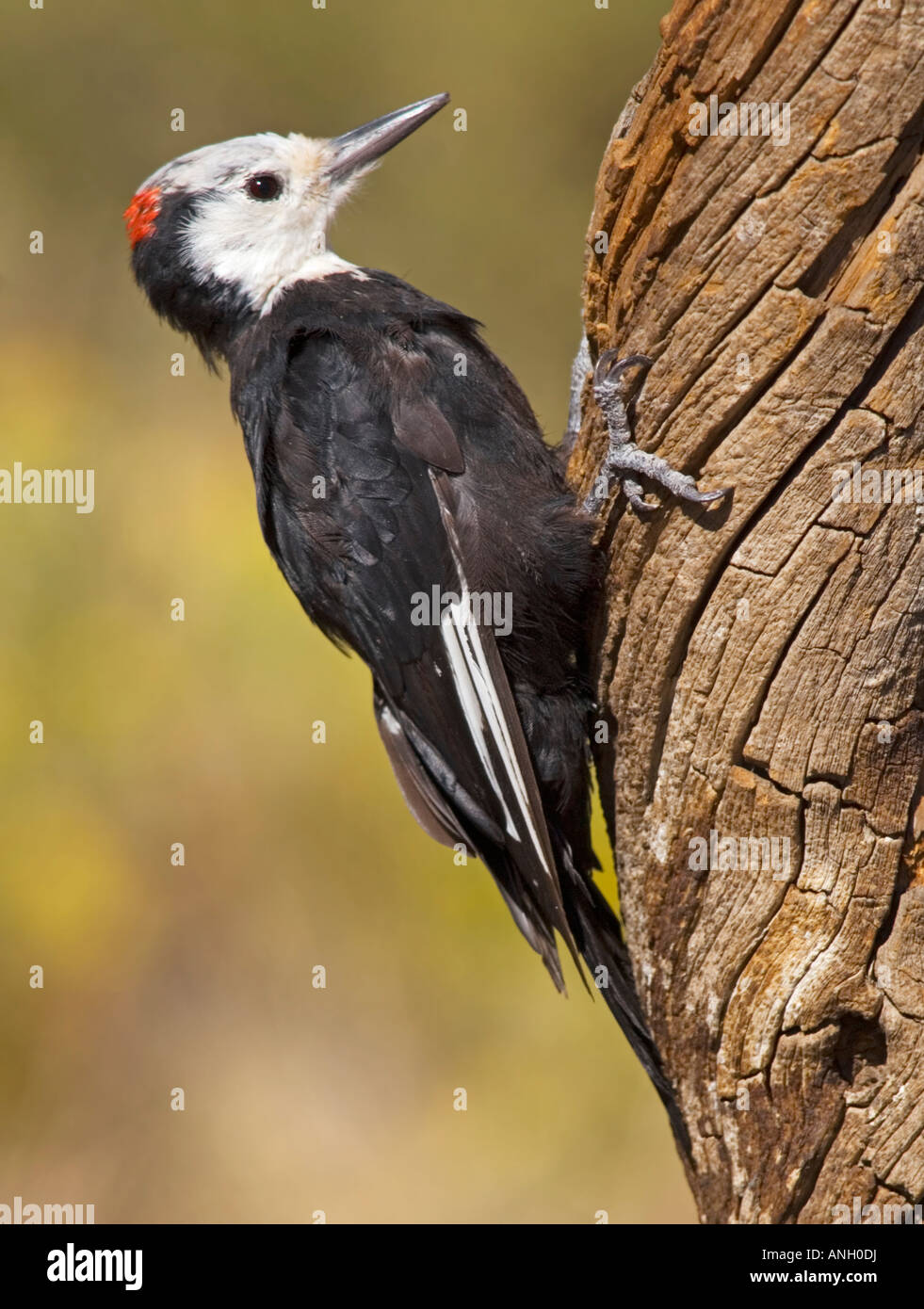
Whiteheaded woodpecker, Vancouver Island, British Columbia, Canada
Lewis Woodpeckers can be found from as far north as British Columbia and down to California and Texas. They tend to breed further north in British Columbia, east to Wyoming, and south to Nevada before migrating south to southwestern states. Those on the Pacific Coast tend to remain all year, as do those in the southeast of their range.

A wild pieated woodpecker (Dryocopus pileatus) perched on the trunk of
At a Glance With its greenish-black back, pink belly, grey collar and red face, Lewis's Woodpecker is easy to recognize. It is a fairly large woodpecker. Its body is 26 to 29 centimetres long, its wingspan centimetres and it weighs 100 to 120 grams. The male is slightly larger than the female.
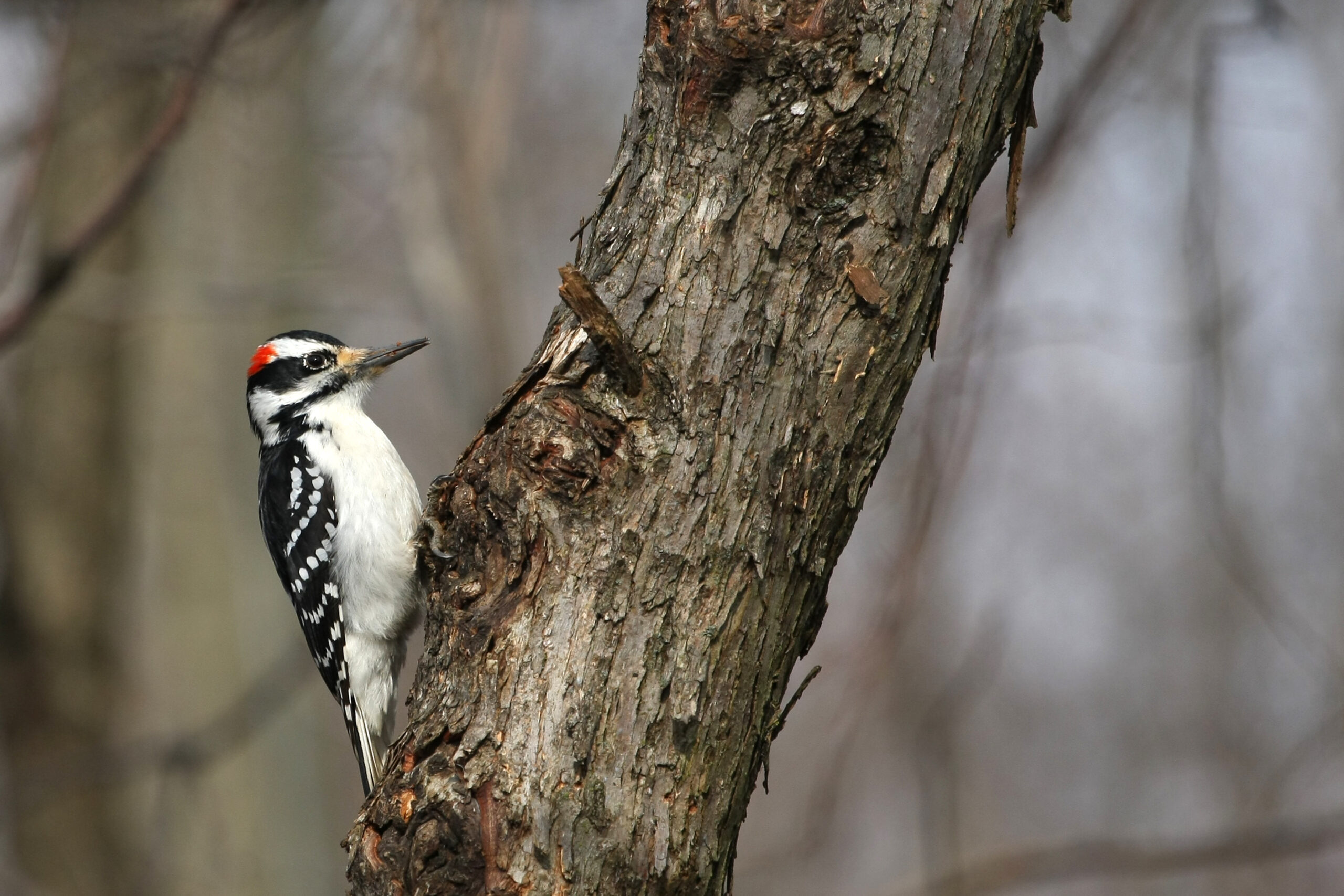
13 Types of Woodpeckers in British Columbia (BC) (w/ Pics)
Lewis's Woodpecker was a former abundant breeder in the Lower Mainland and on southeastern Vancouver Island between the 1920s and 1940s, when extensive clearcuts with abundant snags were available. Breeding in this region was last confirmed in 1963 (Campbell et al. 1990).

With spring comes the menace of the woodpecker British Columbia CBC
In British Columbia, Lewis's Woodpeckers typically return from their wintering grounds in May (Cannings et al. 1987). Nesting is later than many other species and usually does not begin until June. Nestlings may not fledge until late July (Cooper and Beauchesne 2000). The timing of dispersal and migration is uncertain, but birds may begin.
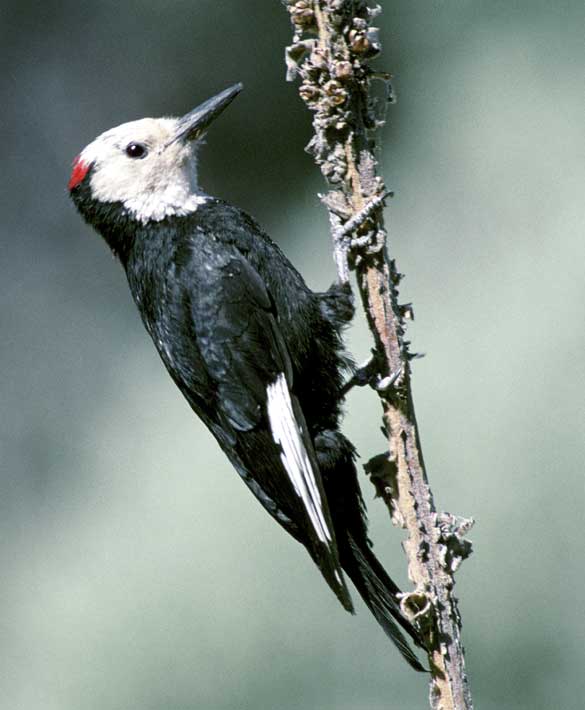
13 Types of Woodpeckers in British Columbia (BC) (w/ Pics)
Here is what I read to research woodpeckers for the bookAmazing British Columbia. _____( 2000) "Woodpecker" in Encyclopedia of British Columbia Daniel Francis (Ed.) Madeira Park: Harbour Publishing. p. 780. Guiguet, Charles Joseph (1954) The Birds of British Columbia: 1. Woodpeckers 2. The Crows and Their Allies. Victoria: British Columbia.

Our most common Woodpecker here in British Columbia the Northern
The Downy Woodpecker is a versatile bird and can be found in a wide range of habitats in British Columbia. It is commonly seen in forests, woodlands, parks, and even urban areas with mature trees. They are adaptable and can be found at various elevations, from lowlands to mountainous regions.
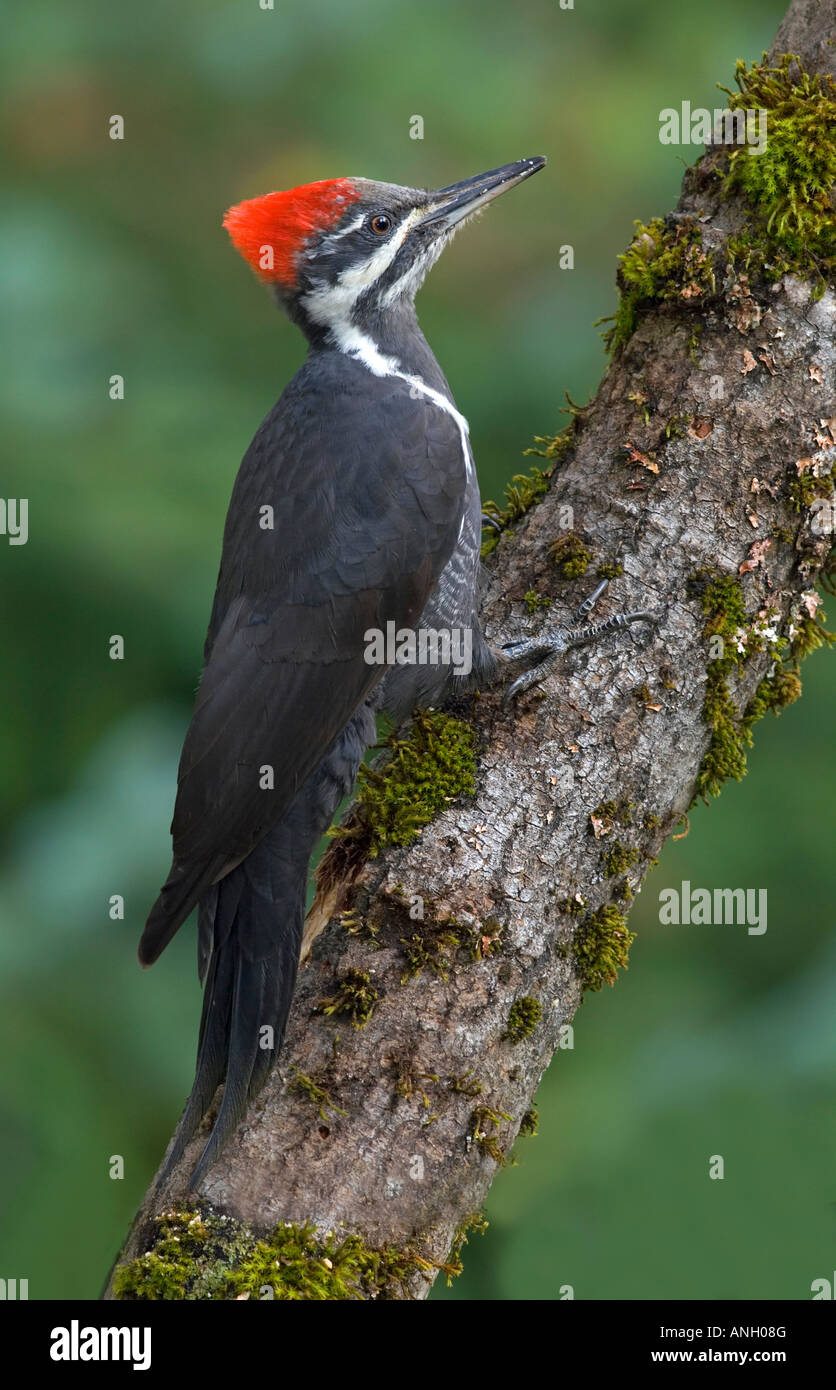
Pileated Woodpecker, Vancouver Island, British Columbia, Canada Stock
There are 13 species of woodpecker in British Columbia that have been spotted. Of these, 10 species are recognized on state checklists as regularly occurring, and 3 additional species are considered rare or accidental. Going out birding in the woods and forest is the best way of seeing woodpeckers in British Columbia.

Pileated Woodpecker Dryocopus pileatus Woodpecker, Bird species, Birds
Table of Contents 11 Woodpeckers in British Columbia American Three-toed Woodpecker Black-backed Woodpecker Downy Woodpecker Hairy Woodpecker Lewis's Woodpecker Northern Flicker Pileated Woodpecker Red-breasted Sapsucker Red-naped Sapsucker Williamson's Sapsucker Yellow-bellied Sapsucker 11 Woodpeckers in British Columbia

Pileated Woodpecker Grindrod, British Columbia Robb Lansdowne Flickr
The White-headed Woodpecker is an unusual woodpecker restricted to mountainous pine forests of the western states and British Columbia. It's a glossy black bird with a gleaming white head and neck, augmented in males with a red crown patch. White-headed Woodpeckers feed heavily on large pine seeds, and are most associated with old-growth ponderosa pine and sugar pine forests.